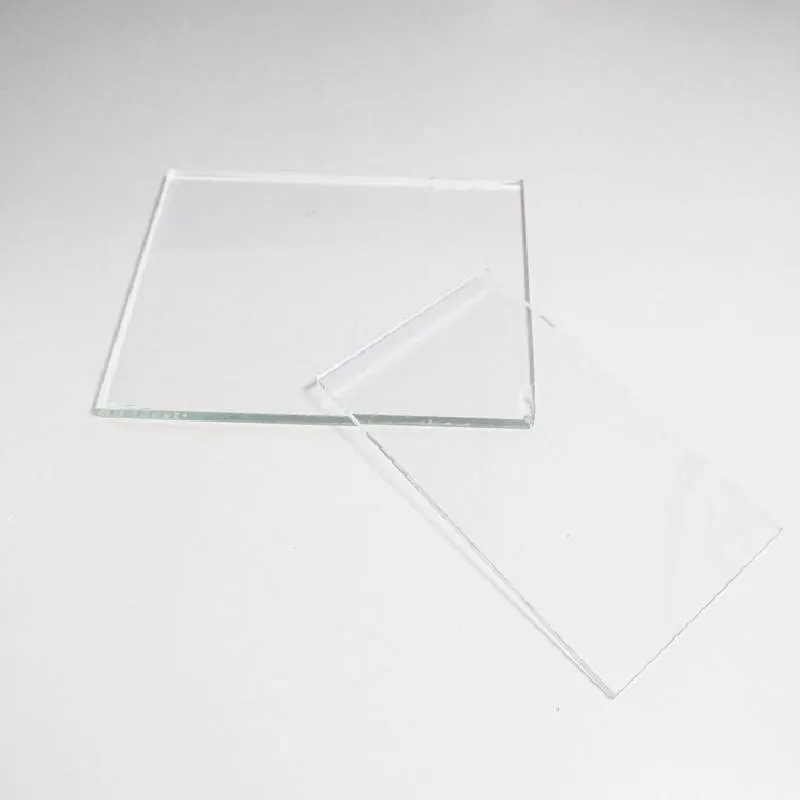Understanding the Cost of Mirror Glass per Square Metre
Mirror glass has become a staple in modern architecture and interior design. Its reflective properties not only enhance aesthetic appeal but also create the illusion of more space in a room. When considering any project that includes mirror glass, one of the most crucial factors to evaluate is the cost. This article delves into the various aspects influencing the cost of mirror glass per square metre, ensuring that both homeowners and designers can make informed decisions.
What Influences the Cost of Mirror Glass?
Several factors contribute to the cost of mirror glass, which can vary widely based on specifications and market dynamics. These factors include material quality, thickness, type of reflection (such as standard, silvered, or anti-fog mirrors), and additional treatment options.
1. Material Quality The base glass used for mirrors can vary in quality. High-grade float glass is often preferred for its clarity and durability. In contrast, lower-quality glass can result in a distorted image or reduced longevity. Consequently, the price will typically correlate with the quality of materials used.
2. Thickness Mirror glass comes in various thicknesses, typically ranging from 3mm to 6mm for standard applications. Thicker glass, while offering superior durability and better environmental resistance, tends to be more expensive. Projects that require specific thicknesses for safety or design purposes will need to account for these variances.
3. Type of Reflection Different types of mirror finishes are available. Standard mirrors, often found in bathrooms and bedrooms, provide basic reflective qualities. However, specialty mirrors, such as those that are anti-fog or smart mirrors with integrated LED lighting, can drive up costs significantly. These high-tech options offer additional functionality, appealing to those looking to integrate technology into their living spaces.
4. Coatings and Treatments Additional treatments like anti-scratch coatings, UV protection, or safety film can add to the overall cost of mirror glass. While these options often increase the price, they can extend the life of the glass and enhance safety, particularly in commercial applications where mirrors may be subject to more wear and tear.
5. Shipping and Installation The cost of shipping and installing mirror glass should also be considered. Mirrors are fragile, and careful handling is necessary during transport. Additionally, professional installation may be required to ensure that the mirrors are mounted correctly and safely. This can add significantly to the overall expenditure, depending on the complexity of the installation.
Average Costs
cost of mirror glass per square metre
As of late 2023, the average cost of mirror glass per square metre can range from approximately $50 to $200. Basic, standard mirrors are often available at the lower end of this spectrum, while specialized options with advanced features or high-quality finishes may command prices at the upper end. It's crucial to obtain multiple quotes from suppliers and installers, as prices can fluctuate based on location, demand, and market conditions.
Cost-Saving Tips
For those looking to incorporate mirror glass into their spaces without breaking the bank, there are several strategies to consider
1. Shop Around Compare prices from various suppliers to get a better understanding of the market. Online platforms may provide a wide range of options and price points, making it easier to find good deals.
2. Choose Standard Sizes Custom sizes and shapes can significantly increase costs. Opting for standard dimensions may save money and simplify installation.
3. Consider DIY If you have the skills, installing the mirror glass yourself can save on labor costs. However, this should be approached with caution and knowledge of proper techniques to avoid damaging the materials.
4. Plan for Long-term Value Sometimes, spending a bit more upfront on higher-quality materials can save money in the long run due to reduced replacement costs and enhanced durability.
Conclusion
The cost of mirror glass per square metre can vary significantly based on a multitude of factors, including material quality, thickness, and special features. By being informed about these aspects, homeowners and designers alike can make better decisions that align with their budgets and aesthetic goals. Whether for a residential project or a commercial space, understanding these costs is essential for integrating the timeless appeal of mirror glass into any design.
 Afrikaans
Afrikaans  Albanian
Albanian  Amharic
Amharic  Arabic
Arabic  Armenian
Armenian  Azerbaijani
Azerbaijani  Basque
Basque  Belarusian
Belarusian  Bengali
Bengali  Bosnian
Bosnian  Bulgarian
Bulgarian  Catalan
Catalan  Cebuano
Cebuano  Corsican
Corsican  Croatian
Croatian  Czech
Czech  Danish
Danish  Dutch
Dutch  English
English  Esperanto
Esperanto  Estonian
Estonian  Finnish
Finnish  French
French  Frisian
Frisian  Galician
Galician  Georgian
Georgian  German
German  Greek
Greek  Gujarati
Gujarati  Haitian Creole
Haitian Creole  hausa
hausa  hawaiian
hawaiian  Hebrew
Hebrew  Hindi
Hindi  Miao
Miao  Hungarian
Hungarian  Icelandic
Icelandic  igbo
igbo  Indonesian
Indonesian  irish
irish  Italian
Italian  Japanese
Japanese  Javanese
Javanese  Kannada
Kannada  kazakh
kazakh  Khmer
Khmer  Rwandese
Rwandese  Korean
Korean  Kurdish
Kurdish  Kyrgyz
Kyrgyz  Lao
Lao  Latin
Latin  Latvian
Latvian  Lithuanian
Lithuanian  Luxembourgish
Luxembourgish  Macedonian
Macedonian  Malgashi
Malgashi  Malay
Malay  Malayalam
Malayalam  Maltese
Maltese  Maori
Maori  Marathi
Marathi  Mongolian
Mongolian  Myanmar
Myanmar  Nepali
Nepali  Norwegian
Norwegian  Norwegian
Norwegian  Occitan
Occitan  Pashto
Pashto  Persian
Persian  Polish
Polish  Portuguese
Portuguese  Punjabi
Punjabi  Romanian
Romanian  Russian
Russian  Samoan
Samoan  Scottish Gaelic
Scottish Gaelic  Serbian
Serbian  Sesotho
Sesotho  Shona
Shona  Sindhi
Sindhi  Sinhala
Sinhala  Slovak
Slovak  Slovenian
Slovenian  Somali
Somali  Spanish
Spanish  Sundanese
Sundanese  Swahili
Swahili  Swedish
Swedish  Tagalog
Tagalog  Tajik
Tajik  Tamil
Tamil  Tatar
Tatar  Telugu
Telugu  Thai
Thai  Turkish
Turkish  Turkmen
Turkmen  Ukrainian
Ukrainian  Urdu
Urdu  Uighur
Uighur  Uzbek
Uzbek  Vietnamese
Vietnamese  Welsh
Welsh  Bantu
Bantu  Yiddish
Yiddish  Yoruba
Yoruba  Zulu
Zulu 

